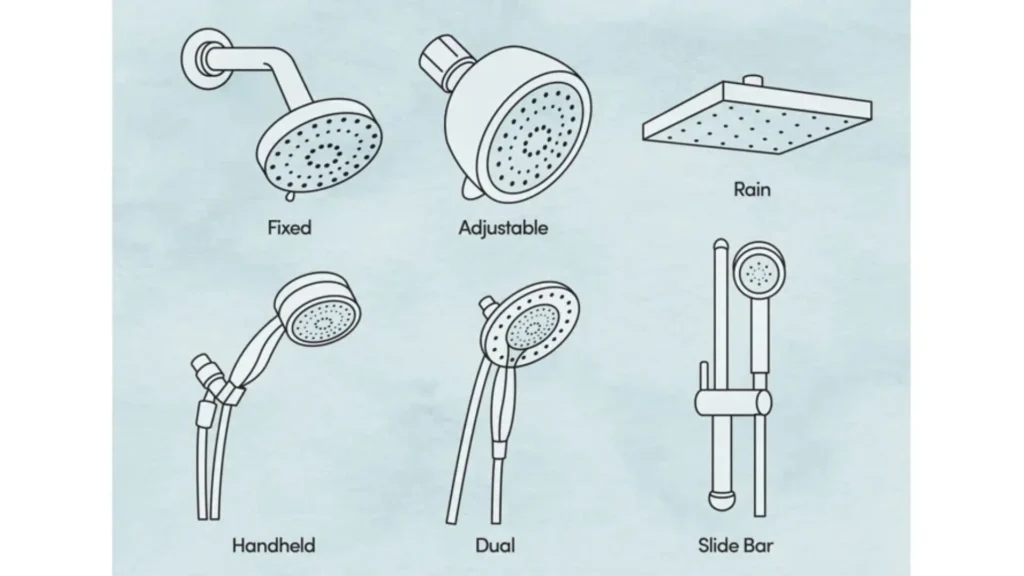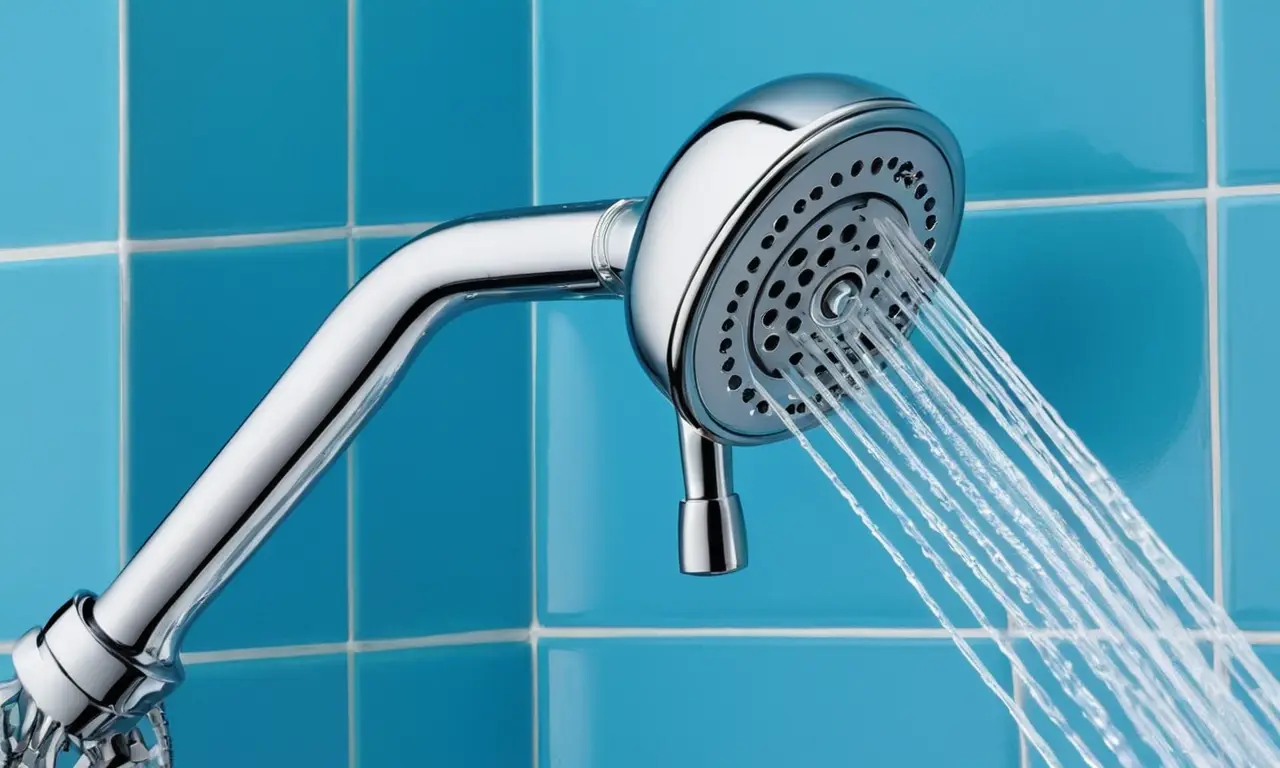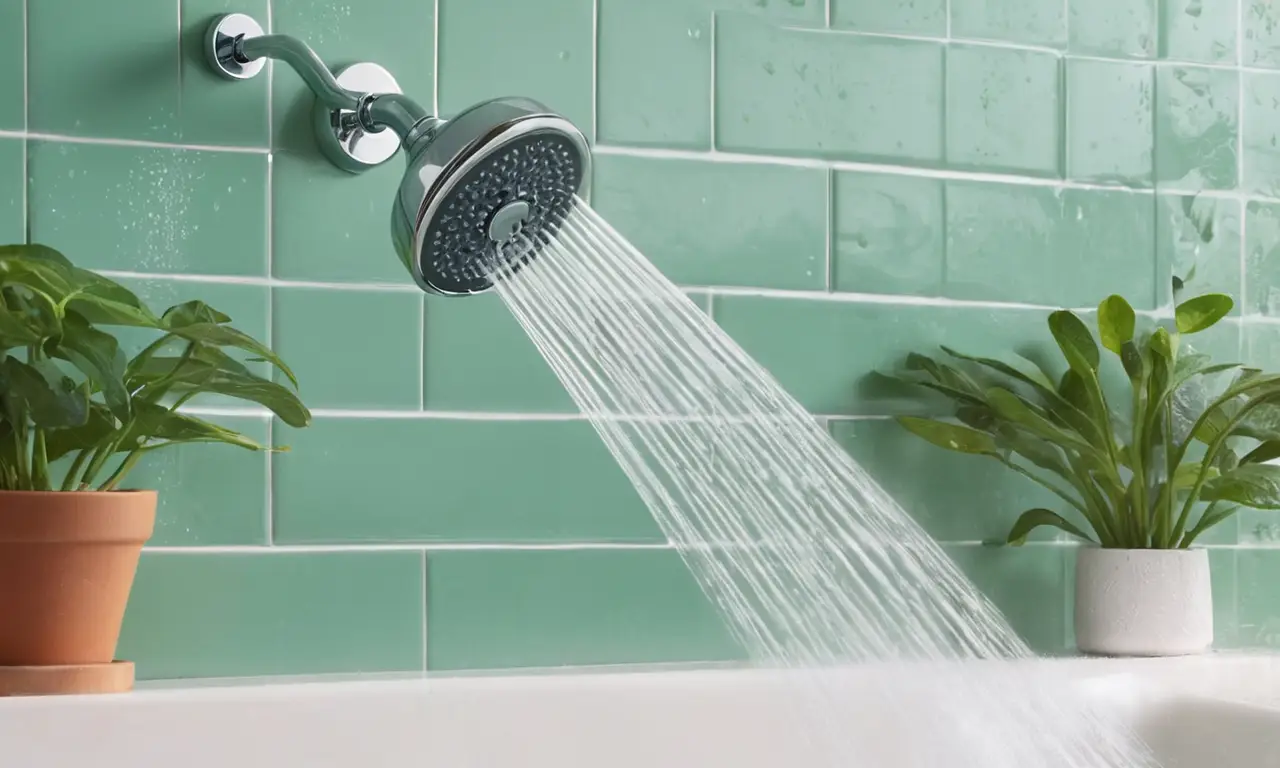
Choosing a new shower head can seem like a simple task, but compatibility issues can quickly turn a refreshing upgrade into a frustrating experience. Not all shower heads are designed to fit every shower arm, and understanding the nuances of connections, thread sizes, and mounting types is essential for a successful installation. This article will guide you through the key factors to consider when selecting a new shower head, ensuring you find the perfect fit for your bathroom.
This comprehensive guide will delve into the various aspects of shower head compatibility, starting with the fundamental connections and thread sizes. We’ll explore different mounting types and provide valuable tips on choosing the right shower head for your needs. Finally, we’ll offer practical installation advice to ensure a smooth and hassle-free experience.
Shower Head Connections
The connection between your shower arm and shower head is crucial for a secure and leak-proof installation. Most standard shower heads utilize one of two primary connection types: male or female threads. A male thread features an external protrusion, while a female thread has an internal recess. Understanding this basic distinction will help you determine the compatibility of your existing shower arm with potential replacements.
Shower head connections are typically measured in inches or millimeters. Common thread sizes include 1/2 inch and 3/4 inch NPT (National Pipe Thread). When purchasing a new shower head, carefully check the specifications to ensure it matches the thread size of your shower arm. Using an incompatible thread size can lead to leaks and damage to your plumbing system.
Thread Size Compatibility

Thread size compatibility is paramount for a successful shower head installation. As mentioned previously, common thread sizes include 1/2 inch and 3/4 inch NPT. However, there are variations within these sizes, such as coarse and fine threads. It’s essential to match both the diameter and pitch (number of threads per inch) of your existing shower arm with the new shower head.
Using a thread size conversion tool or consulting a plumbing professional can be helpful if you encounter uncertainty regarding thread compatibility. Remember, forcing a mismatched shower head onto your shower arm can strip the threads and create a permanent leak. Always prioritize proper thread size alignment for a secure and reliable connection.
Mounting Types
Shower heads are typically mounted using one of two primary methods: slip-fit or threaded connections. Slip-fit mounting involves inserting the shower head directly onto the shower arm, relying on a rubber gasket or O-ring to create a watertight seal. Threaded mounting, as discussed previously, utilizes external and internal threads for a secure connection.
Some shower heads may also feature adjustable mounting options, allowing you to customize the angle and height of your shower spray. Consider your personal preferences and bathroom layout when selecting a shower head with an appropriate mounting type.
Choosing the Right Shower Head

With various shower head types available, choosing the right one for your needs is crucial. Consider factors such as water pressure, flow rate, spray patterns, and desired features. High-pressure shower heads deliver a more invigorating experience, while low-flow models conserve water.
Spray patterns range from gentle mist to powerful jets, catering to different showering preferences. Additional features like LED lights, built-in speakers, or adjustable settings can enhance your shower experience. Research different brands and models to find the perfect combination of functionality and aesthetics that suits your bathroom and lifestyle.
Installation Tips
Installing a new shower head is generally a straightforward process. Begin by turning off the water supply to your shower. Remove the old shower head by unscrewing it from the shower arm, using a wrench or pliers if necessary. Clean the shower arm threads thoroughly to ensure a tight seal with the new shower head.
Apply plumber’s tape to the threads of the new shower head before screwing it onto the shower arm. Tighten securely but avoid over-tightening, which can damage the threads. Turn the water supply back on and test for leaks. If any leaks occur, re-tighten the connection or apply additional plumber’s tape.
Conclusion
Understanding shower head compatibility is essential for a successful installation and enjoyable showering experience. By carefully considering connections, thread sizes, mounting types, and desired features, you can choose the perfect shower head to enhance your bathroom. Remember to follow proper installation tips to ensure a secure and leak-free connection. With a little knowledge and attention to detail, you can transform your shower into a relaxing oasis.
